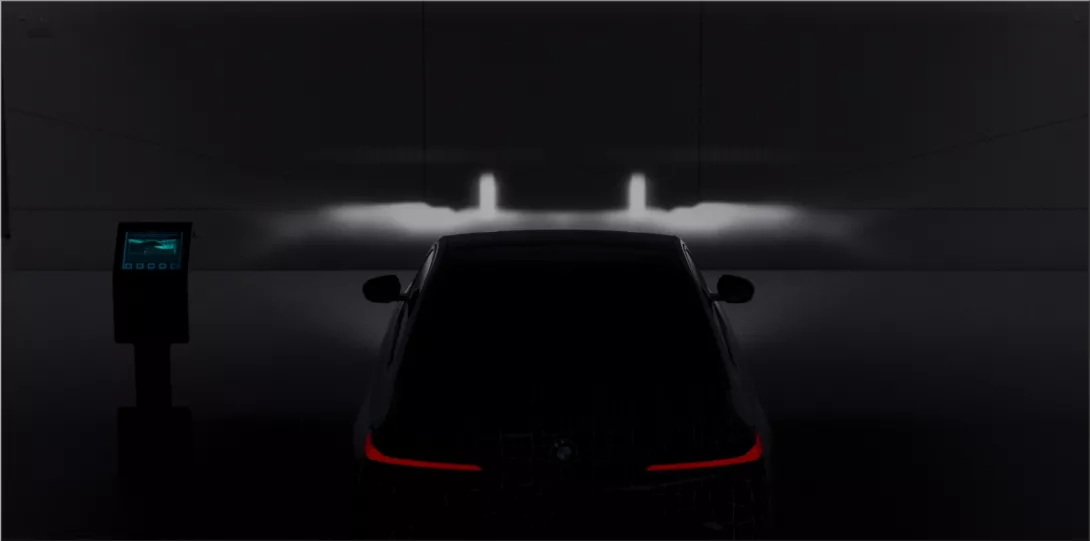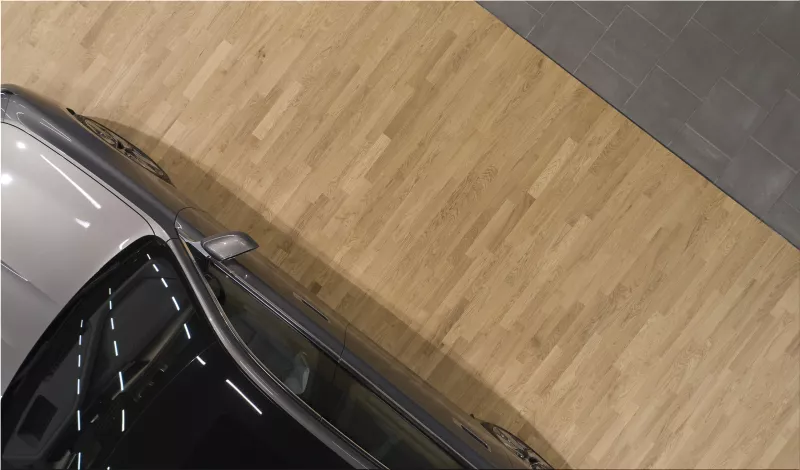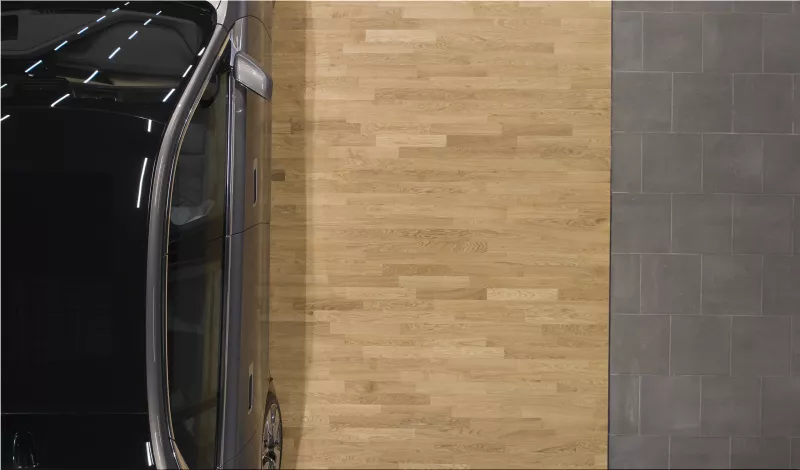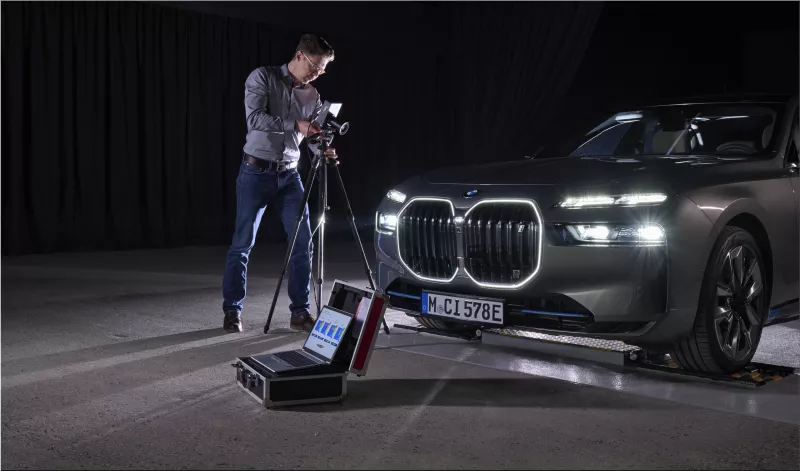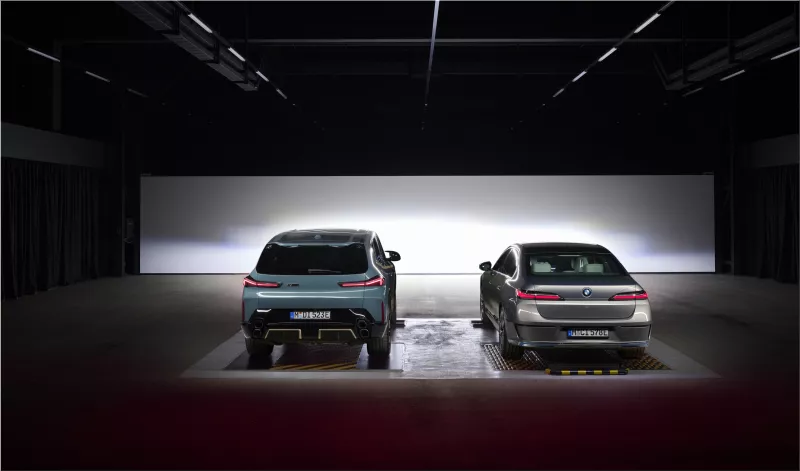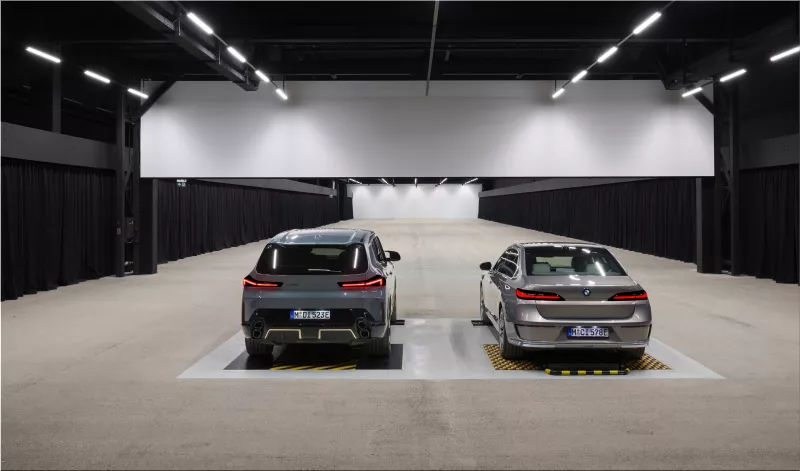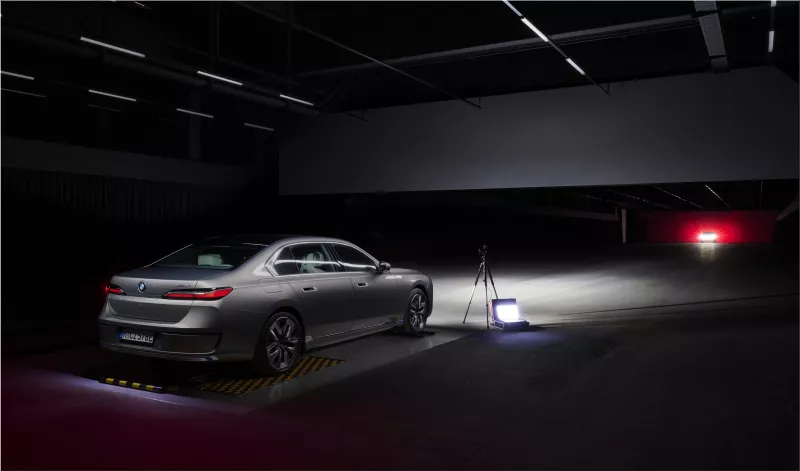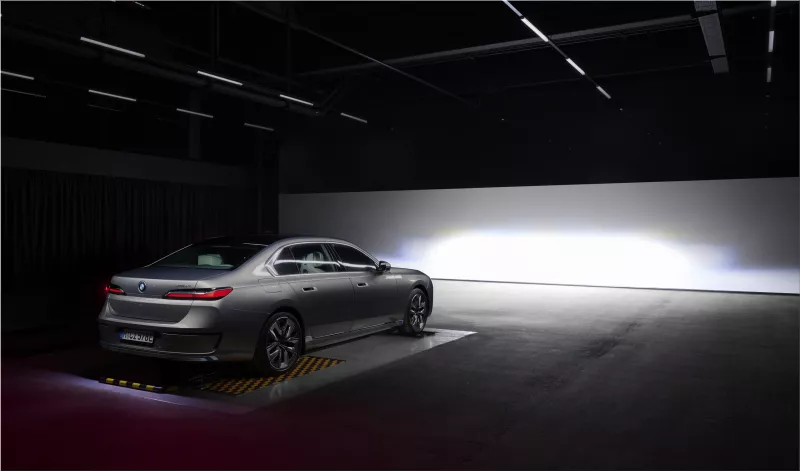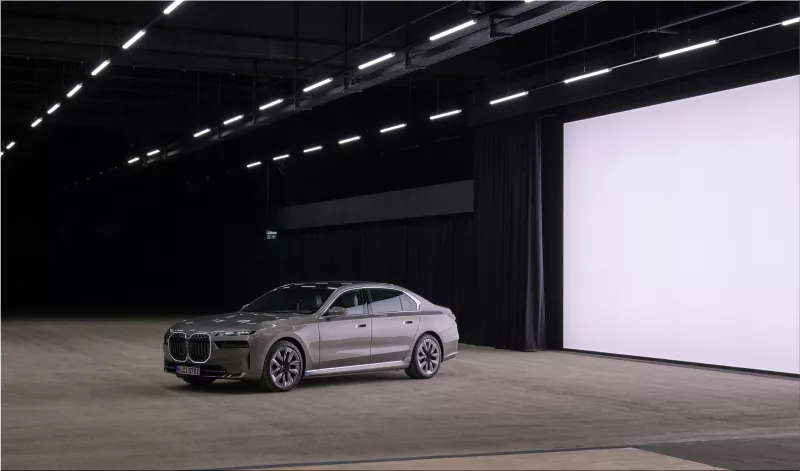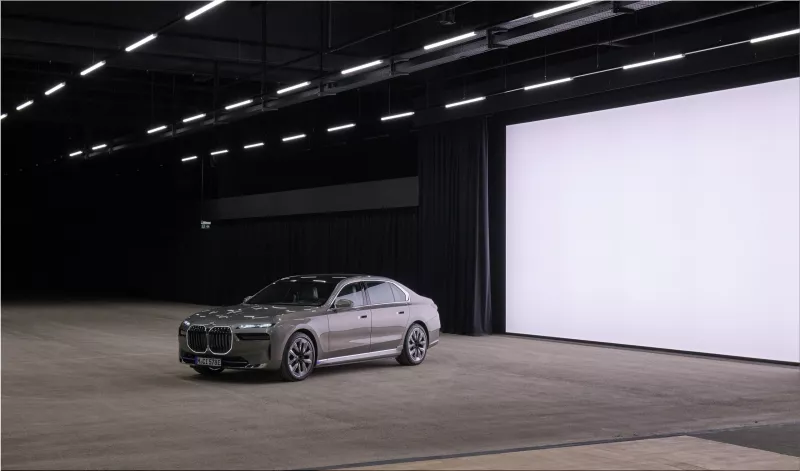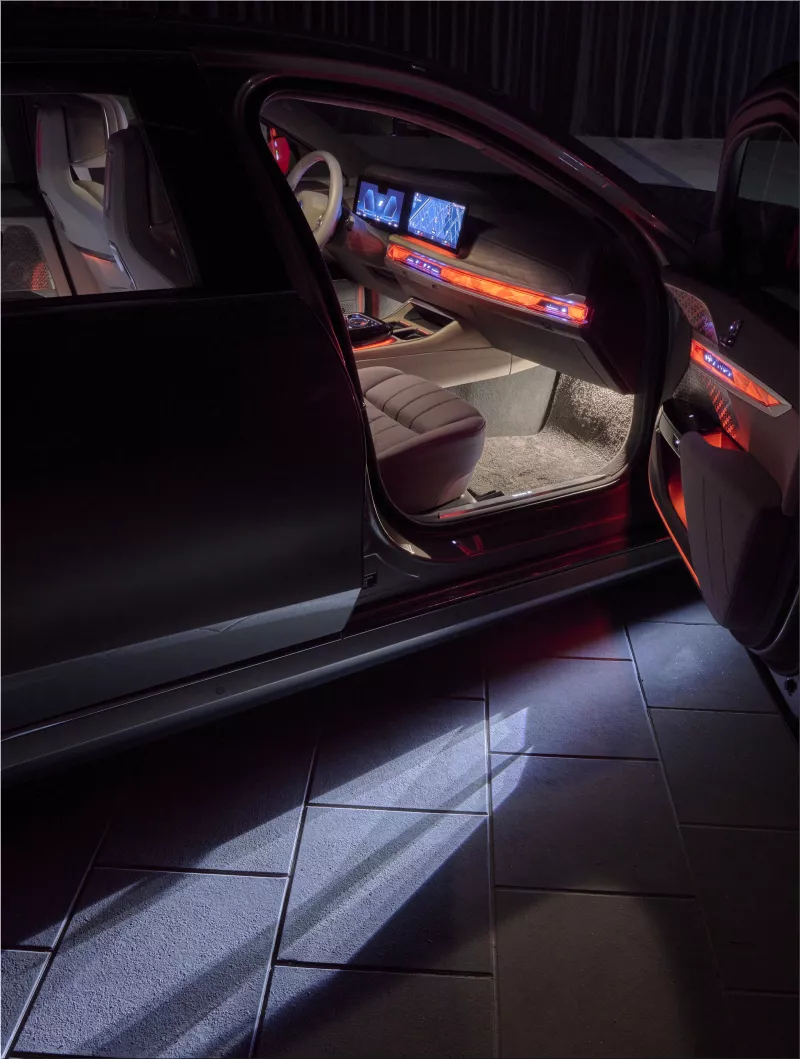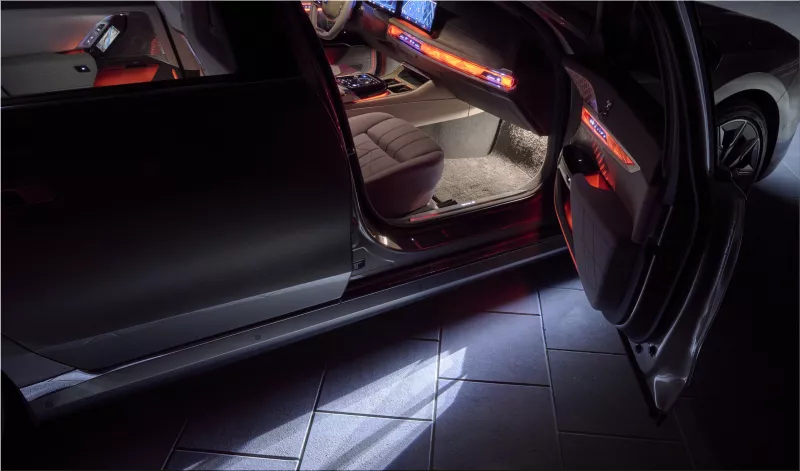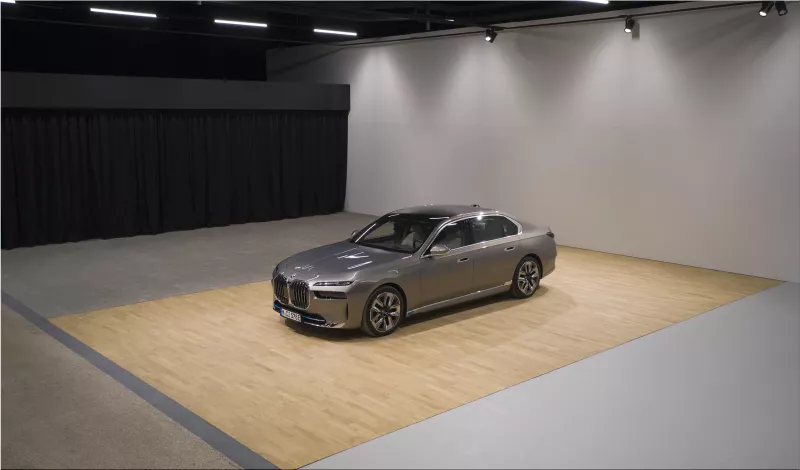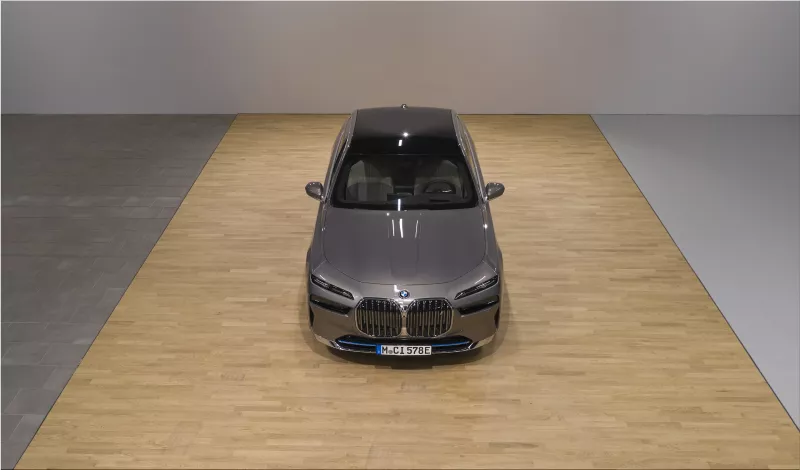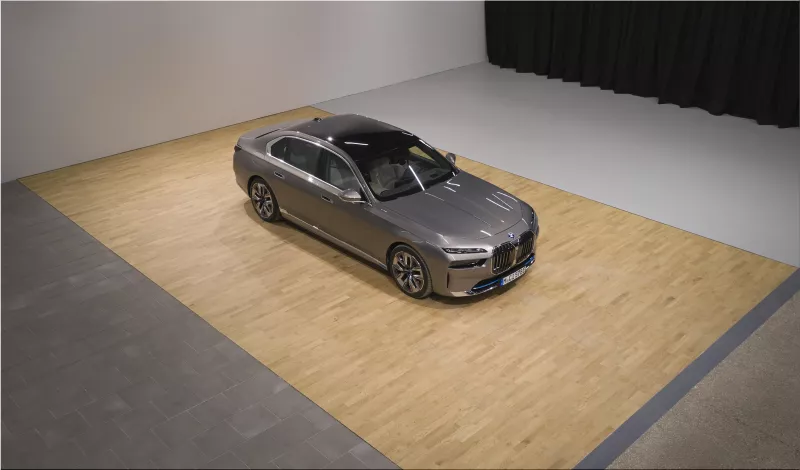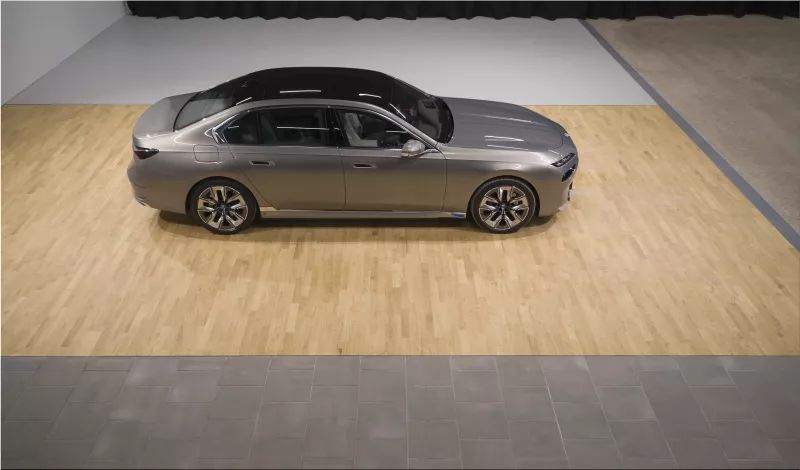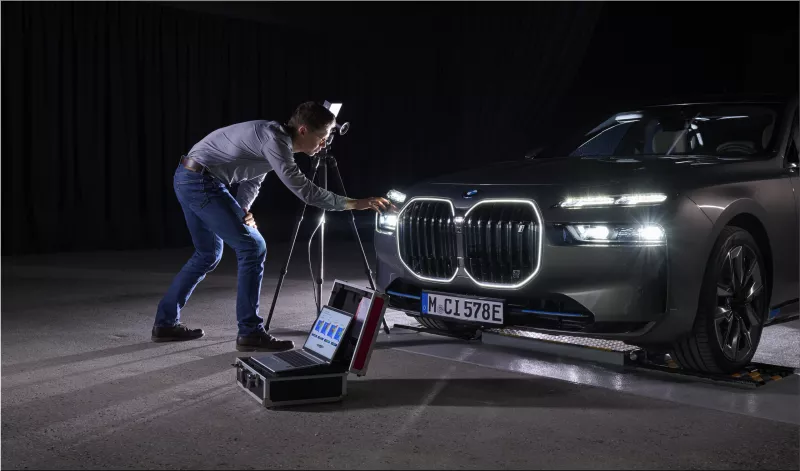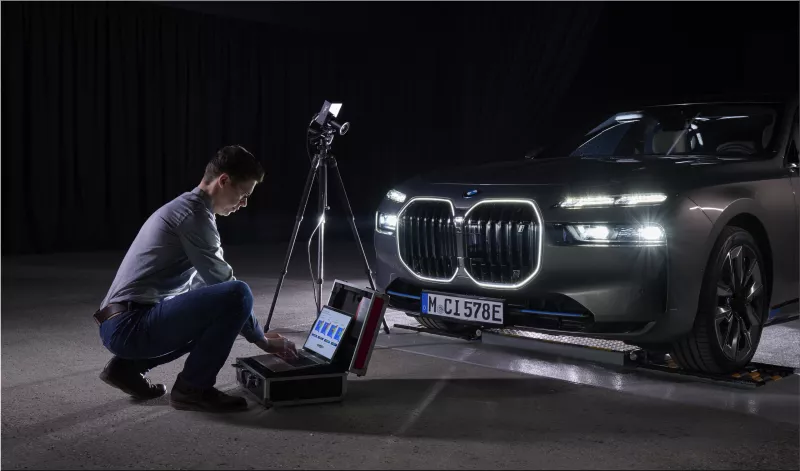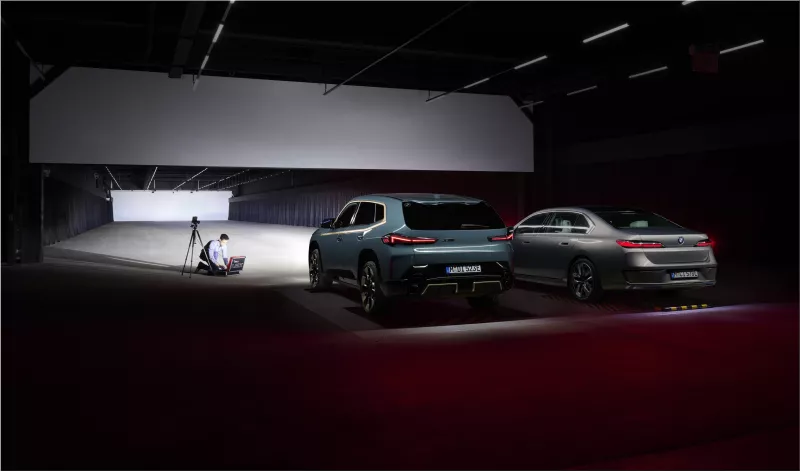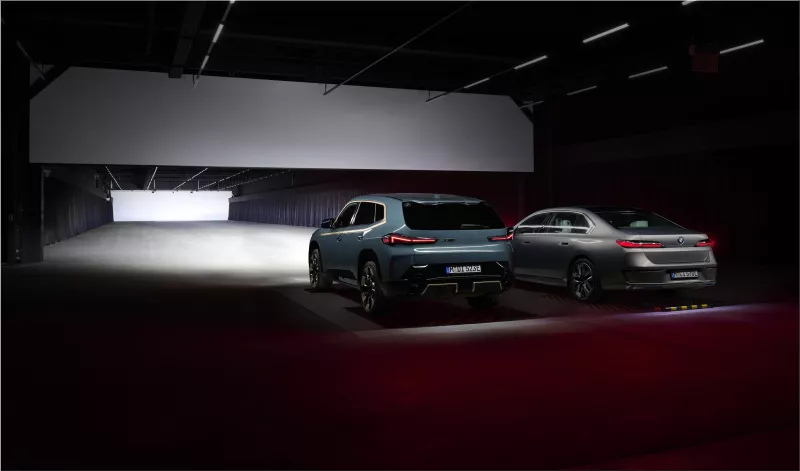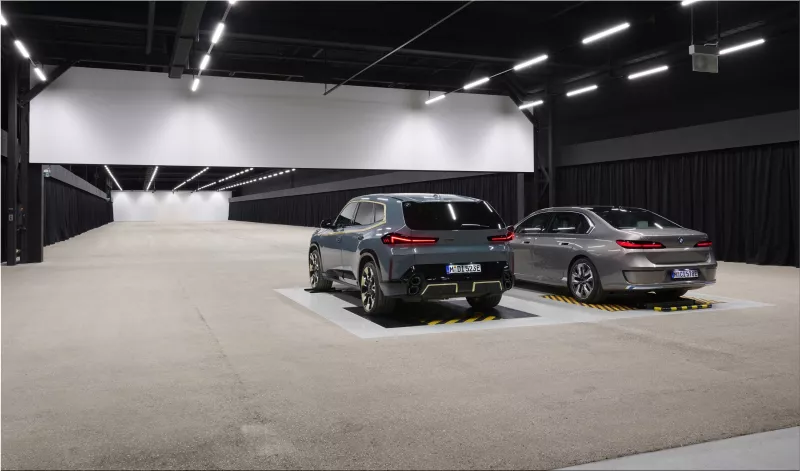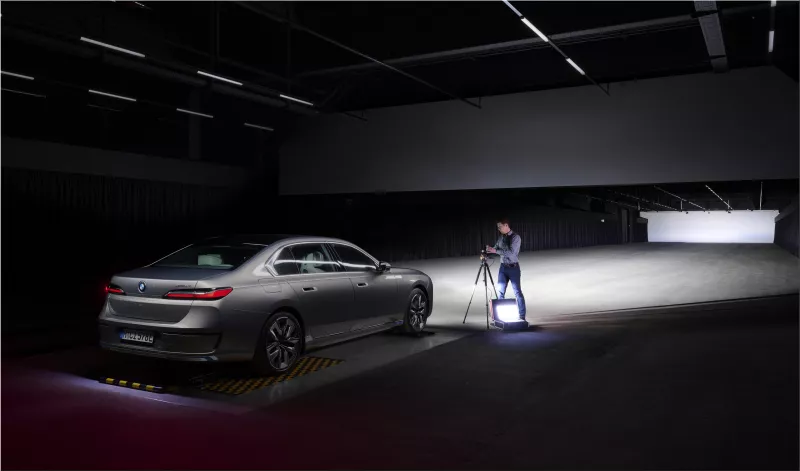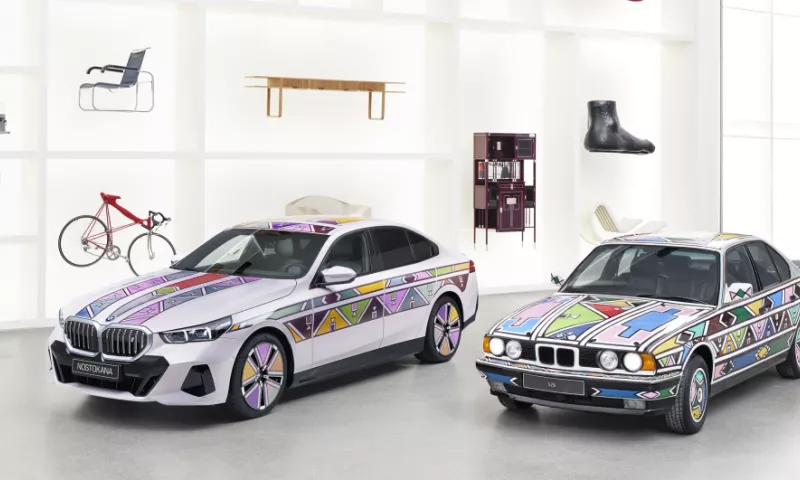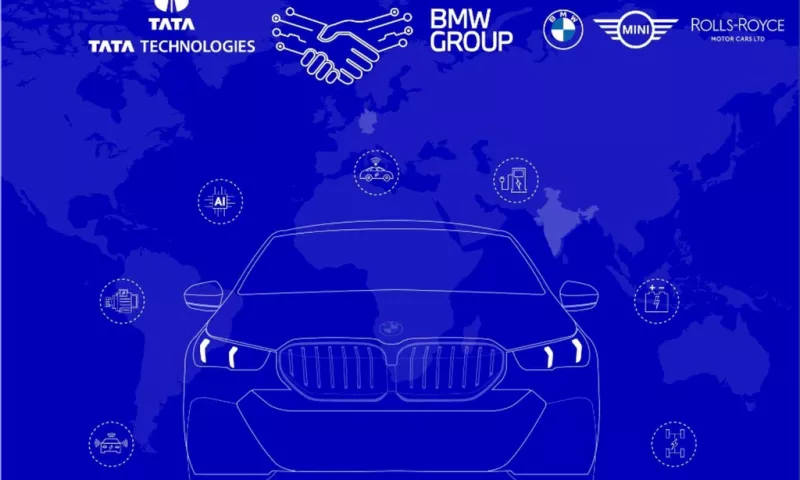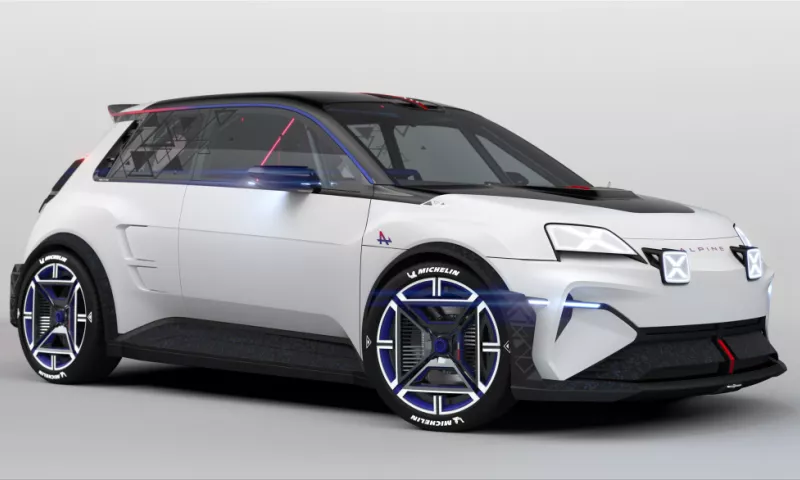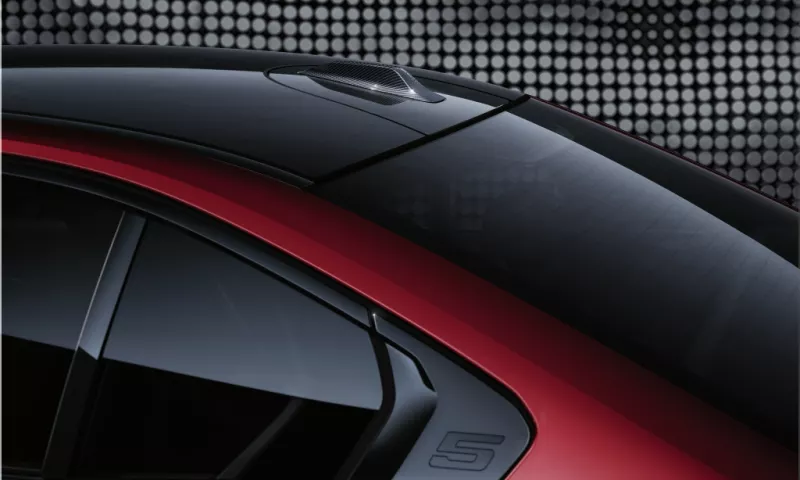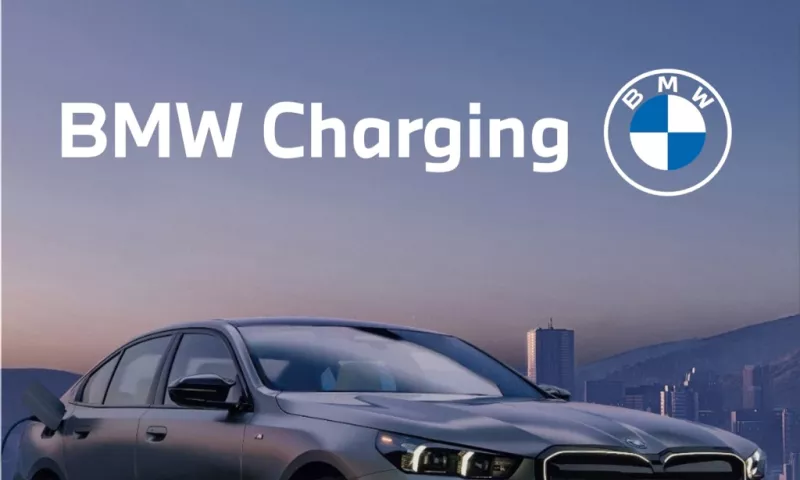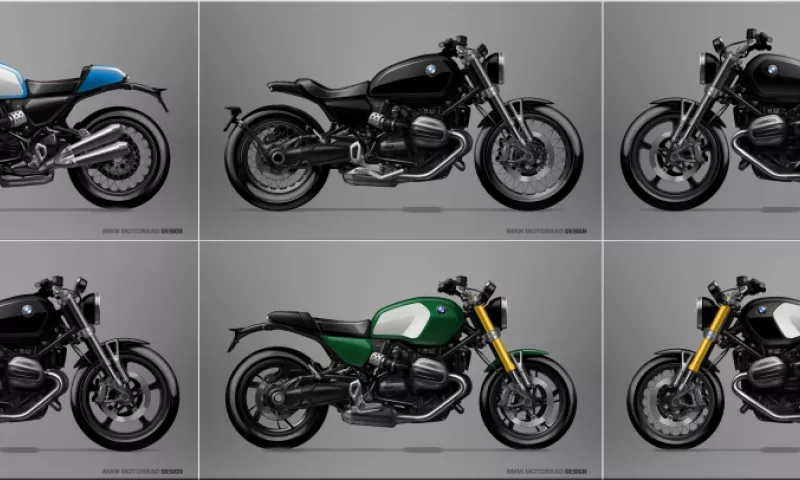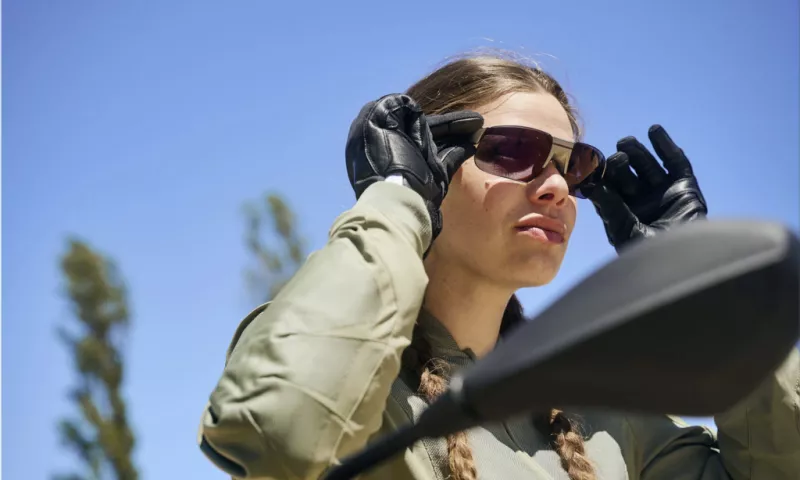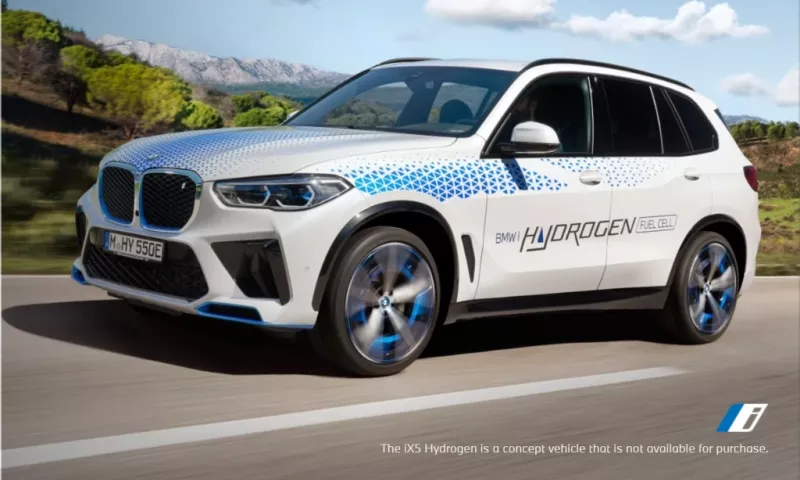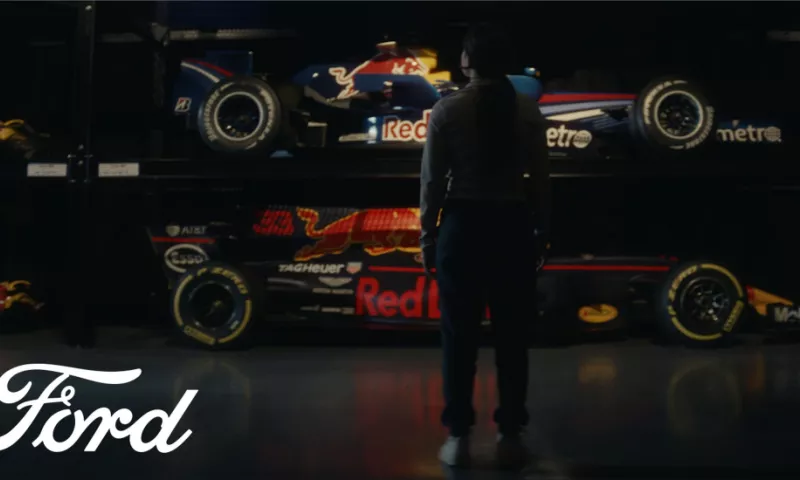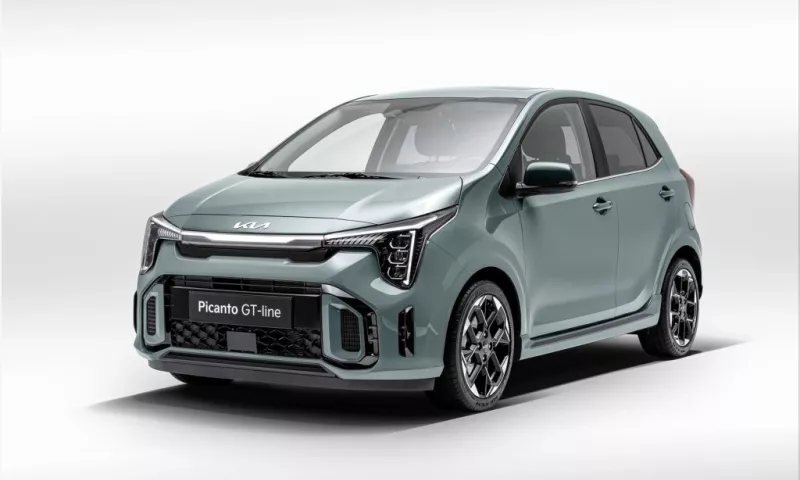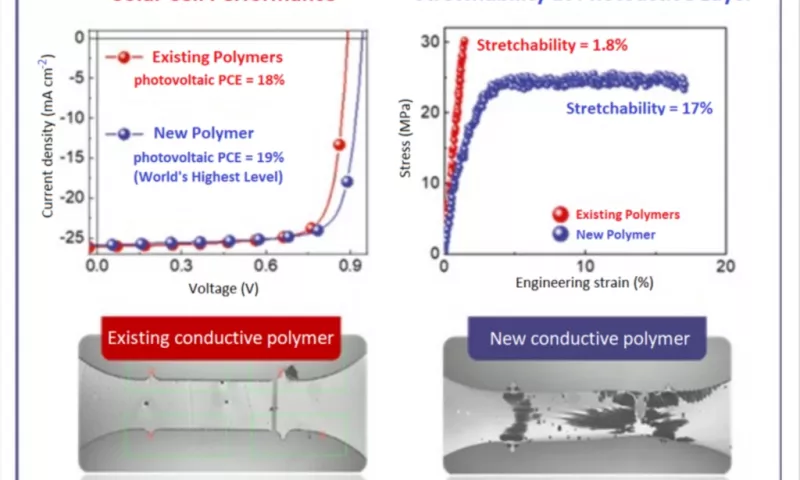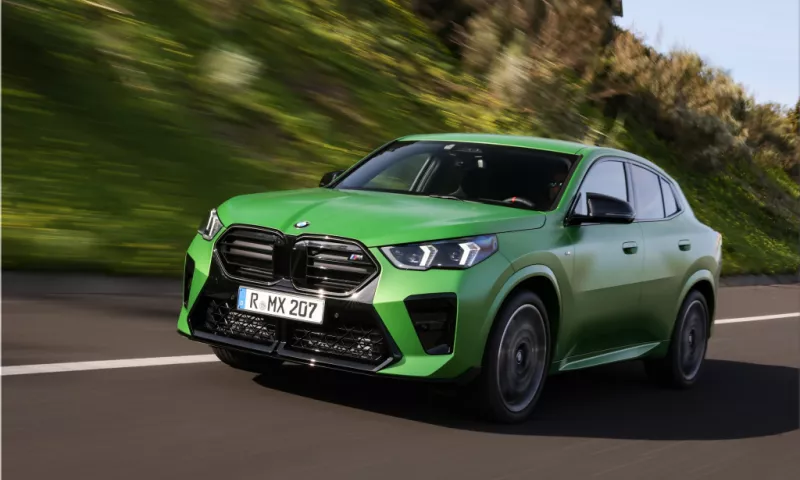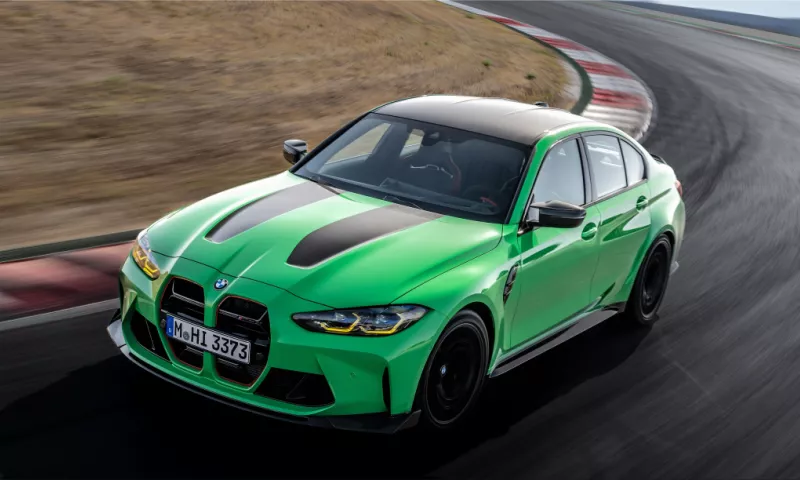BMW Group has put a new light channel into operation at its Research and Innovation Center in Munich, Germany. The light channel is a state-of-the-art facility for testing headlights and exterior lighting on vehicles from BMW, MINI, Rolls-Royce, and BMW Motorrad.
The Light Channel Next project is not just a dark tunnel with some lamps. It is a sophisticated system that can simulate various lighting conditions and scenarios, such as night driving, fog, rain, snow, and glare. The light channel can also create different types of roads and traffic situations, such as urban streets, highways, and intersections.
The light channel is part of BMW Group's Light Channel Next project, which aims to develop innovative lighting technologies and solutions for the future of mobility. The project involves more than 100 engineers, designers, and technicians from various disciplines and departments.
BMW Group says lighting is a key element of vehicle design and aesthetics and an important factor for safety, comfort, and functionality. Lighting can also enhance the driving experience and convey emotions and information to drivers and other road users.
How does the Light Channel Next project work?
The Light Channel Next project is a 328-foot-long (100-meter-long) tunnel that can be divided into two sections by a movable wall. The first section tests static lighting functions, such as low beam, high beam, cornering lights, and daytime running lights. The second section is used for testing dynamic lighting functions, such as adaptive headlights, matrix beam, laser light, and OLED technology.
The light channel has a total of 156 LED panels on the walls, ceiling, and floor that can create various lighting scenarios. The LED panels have a resolution of 60 pixels per square meter and can produce up to 10,000 candela per square meter of brightness. The LED panels are controlled by a central computer that can adjust each pixel's brightness, color, and position.
The light channel also has a turntable that can rotate the vehicle 360 degrees, allowing the engineers to test the lighting from different angles and directions. The turntable has a diameter of 23 feet (7 meters) and can accommodate vehicles up to 11 feet (3.4 meters) wide and 6.6 feet (2 meters) high.
The light channel is equipped with various sensors and cameras that can measure the luminous intensity, color temperature, beam pattern, and distribution of the vehicle's lighting. The data is then analyzed by software that can compare the results with legal requirements and customer expectations.
